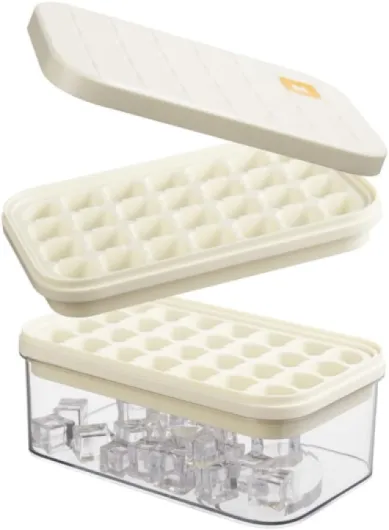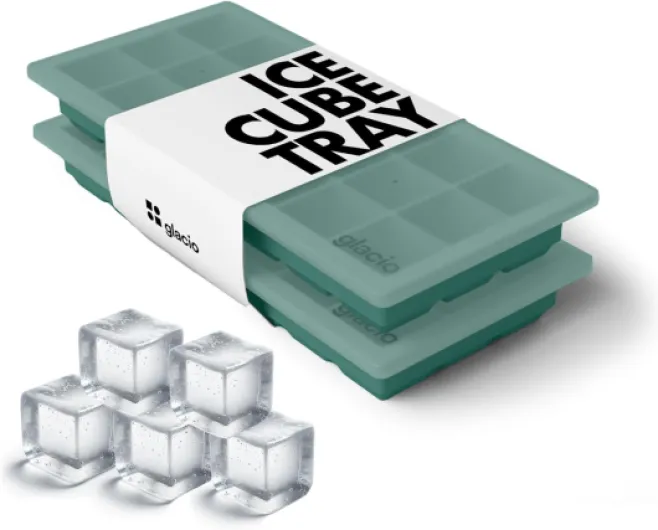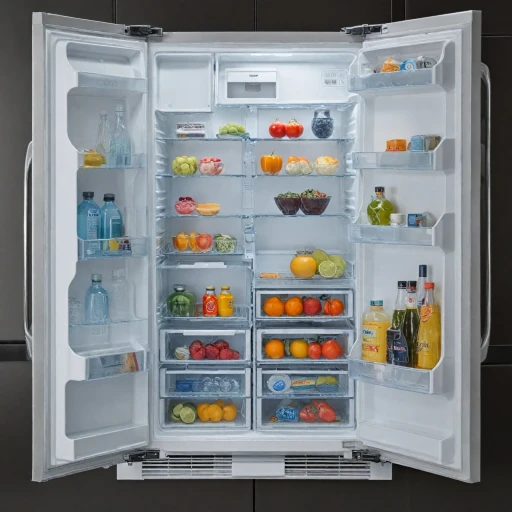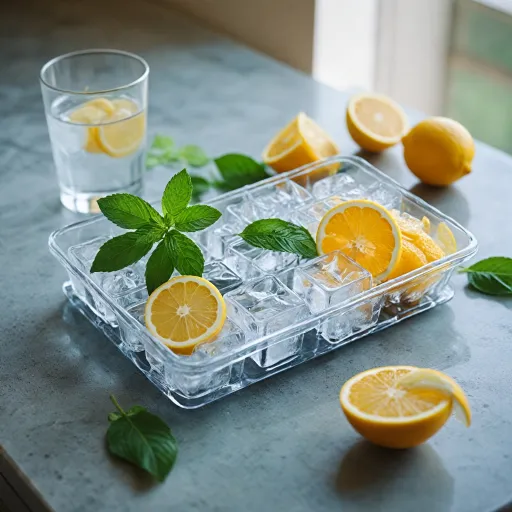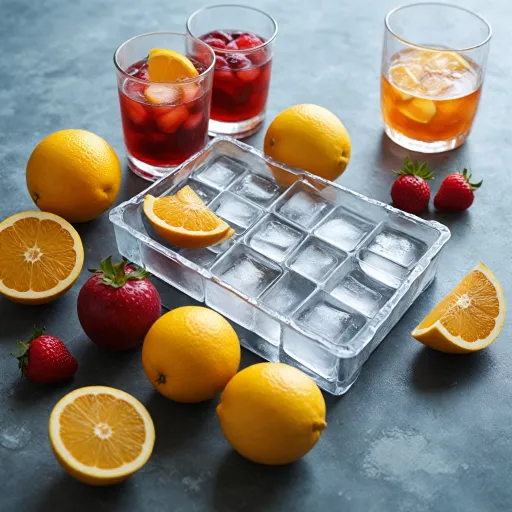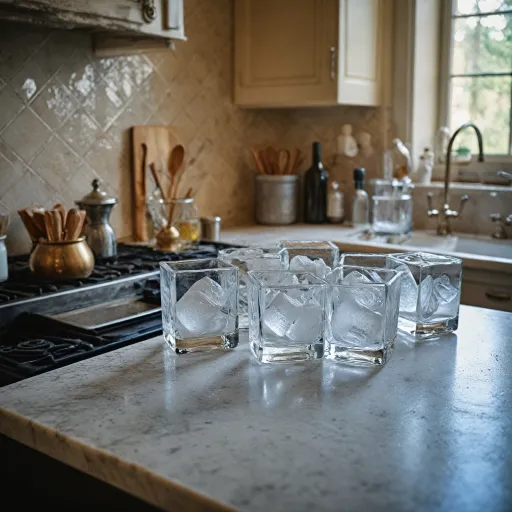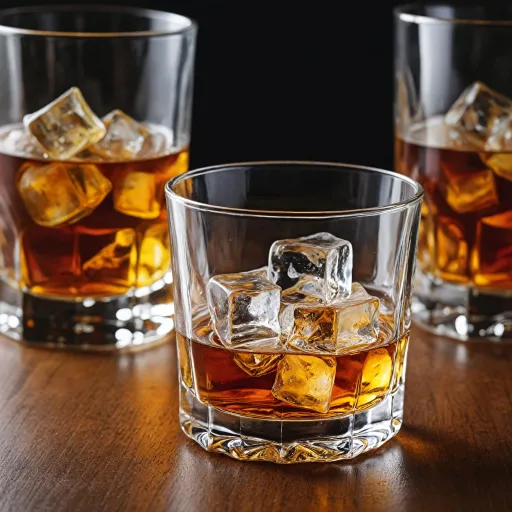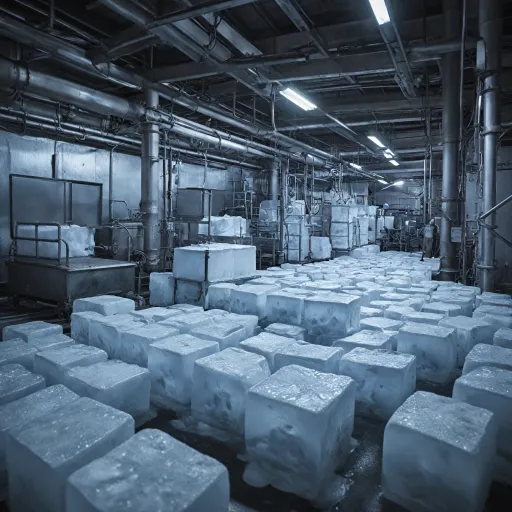
Understanding the definition of food
How Food Is Officially Defined
When considering if ice can be classified as food, it’s important to start with the basics: the official definition of food. According to the FDA and other food safety authorities, food is any substance consumed to provide nutritional support for the body. This includes not only what we eat for nourishment, but also what is ingested in any form, including water and ice. Ice, especially when produced from a safe and clean water supply, fits this broad definition because it is ingested and can impact health and safety.
Packaged ice, ice cubes, and even ice produced in a home or commercial ice machine are all subject to the same sanitary and quality control standards as other foods. The International Packaged Ice Association (IPIA) and the FDA both recognize ice as a food product, which means it must meet strict safety and quality requirements. This includes the entire process from water source, freezing process, to packaging and handling ice.
- Ice must be made from potable water and kept free from contaminants like salmonella coli, coli shigella, and mold ice.
- Packaged ice and ice produced for retail or food service must be handled in a way that keeps it untouched by human hands, ensuring it remains safe and sanitary.
- Quality control standards are enforced to prevent contamination during the ice manufacturing process.
Understanding that ice is considered a food product has real implications for buyers and users of ice makers. It means that the same attention to safety, cleanliness, and quality applies to ice as it does to any other food. For more on how the freezing process can affect ice quality, check out this guide on crafting perfectly clear ice cubes.
What do food safety authorities say about ice?
How Food Safety Authorities Classify Ice
When it comes to ice, many people wonder if it’s truly considered a food. According to major food safety authorities, the answer is yes. The FDA (Food and Drug Administration) classifies ice as a food product, which means it must meet the same safety and quality standards as any other consumable item. This classification is important for anyone buying or using an ice maker, whether for home, retail, or food service environments.
The International Packaged Ice Association (IPIA) also recognizes ice as a food. The IPIA sets strict guidelines for the manufacturing, packaging, and distribution of packaged ice to ensure it is safe, sanitary, and free from contaminants. These standards are designed to prevent the presence of pathogens like salmonella coli, shigella, and mold in ice cubes and bags of packaged ice.
- Ice must be produced from a safe water supply that meets drinking water standards.
- Ice manufacturing facilities are required to follow quality control and sanitary practices similar to those used in food processing plants.
- Packaged ice should be handled and stored in a way that minimizes contamination from human hands or unsanitary equipment.
Because ice is classified as a food, it is subject to inspections and regulations that help protect consumers from risks like contamination and the spread of pathogens. This is especially important in environments where ice is produced in large quantities, such as in restaurants, retail stores, or during the manufacturing process for packaged ice.
For more details on how ice quality impacts your beverage experience, check out this guide on perfect ice cubes for your whiskey experience.
Why the classification of ice matters for ice maker buyers
Why Ice’s Classification Impacts Your Buying Decision
When shopping for an ice maker, understanding whether ice is officially considered a food is more than a technicality. This classification directly affects the standards and regulations that manufacturers and retailers must follow, which in turn impacts the safety and quality of the ice you use at home or in service settings.
- Food Safety Standards: If ice is classified as food, it must meet strict safety and quality control standards set by authorities like the FDA and the International Packaged Ice Association (IPIA). This means the ice produced, whether in a machine at home or in a commercial facility, should be made from safe water sources and handled in a sanitary environment.
- Sanitary Handling: Ice that is considered food must be protected from contamination during every step of the process—from the water supply to freezing, packaging, and storage. This includes ensuring that ice is untouched by human hands and that equipment is regularly cleaned to prevent mold, pathogens like salmonella coli or shigella, and other contaminants.
- Quality Assurance: Retailers and service providers are required to follow quality control measures for packaged ice, including regular testing for bacteria such as E. coli. This helps ensure that the ice you buy in bags or use in drinks is safe and clean.
For buyers, this means that choosing an ice maker or packaged ice from a reputable source is essential. Machines that meet food-grade standards are designed to keep ice clean and sanitary, reducing the risk of contamination. When ice is treated as a food, you can expect higher levels of safety and quality, whether you’re using it at home, in retail, or in food service.
To learn more about how ice quality can elevate your gatherings and why these standards matter, check out this blog post on perfect ice for gatherings.

- + Stackable design for easy storage
- + Includes lid and storage bin
- + Flexible silicone material for easy ice removal
- + Multi-purpose: suitable for cocktails, soups, and more
- + Compact size: fits well in RVs and freezers
Health and safety considerations with ice
Risks Linked to Ice Contamination
When it comes to ice, many people overlook the potential health risks. Ice is often assumed to be safe simply because it is frozen. However, the freezing process does not eliminate all pathogens. Harmful bacteria like salmonella coli, coli shigella, and even mold can survive in ice if the water source or the ice machine is contaminated. This is why food safety authorities, such as the FDA and IPIA, have set strict standards for ice manufacturing and handling.
How Contamination Happens
- Water Supply: If the water used to produce ice is not clean or properly filtered, contaminants can be present in the final product.
- Ice Machine Hygiene: Ice machines in retail, service, and even home settings can harbor mold, bacteria, and other pathogens if not cleaned regularly. Mold ice is a real concern in neglected machines.
- Human Contact: Ice should be untouched by human hands during the process. Improper handling, especially in food service or during packaging, increases the risk of contamination.
- Storage and Packaging: Bags packaged for retail or service must meet sanitary standards. If packaging is compromised, ice quality and safety can be affected.
Importance of Quality Control Standards
Quality control is essential in ensuring that ice is safe and sanitary. Ice produced in facilities that follow strict control standards is less likely to contain pathogens. The IPIA and FDA both require that packaged ice meet food-grade standards, meaning it is treated with the same care as other foods. Regular testing and maintenance of ice machines, along with proper storage, help prevent contamination and ensure ice remains safe for consumption.
What This Means for Buyers
For anyone buying an ice maker or packaged ice, understanding these health and safety considerations is crucial. Look for machines and suppliers that emphasize sanitary design, easy cleaning, and quality control. Safe, clean ice is not just about taste or appearance—it is about protecting your health and the health of your customers or family.
Best practices for handling and storing ice
Keeping Ice Safe from Source to Service
Maintaining the quality and safety of ice is essential, whether it’s produced in a commercial ice machine, packaged for retail, or made at home. Ice is often overlooked, but it can become contaminated just like any other food if not handled properly. Following strict sanitary practices helps prevent the growth and spread of pathogens such as salmonella, E. coli, and shigella, which can survive in freezing temperatures.
- Use clean, potable water: The water supply used for making ice must meet drinking water standards. Contaminated water can introduce bacteria and mold into the freezing process, compromising ice quality.
- Regularly clean ice machines: Ice machines, whether for home or commercial use, should be cleaned and sanitized according to the manufacturer’s instructions. Mold, slime, and bacteria can build up inside the machine if neglected.
- Store ice in sanitary conditions: Ice should be stored in clean, food-grade containers or bags. Packaged ice must be sealed and protected from exposure to contaminants during storage and transport.
- Minimize contact with human hands: Always use scoops or tongs to handle ice. Ice should remain untouched by human hands to reduce the risk of contamination.
- Monitor temperature and storage: Ice should be kept at freezing temperatures to prevent melting and refreezing, which can trap bacteria and reduce ice quality.
- Follow quality control standards: Facilities that manufacture and package ice must adhere to strict quality control and safety standards, such as those outlined by the FDA and IPIA. These standards help ensure that ice produced for retail or food service is safe and sanitary.
Whether you’re handling ice at home, in a restaurant, or purchasing packaged ice, these best practices help maintain the safety and quality of the ice you serve. Remember, ice is considered a food by many food safety authorities, so it deserves the same care as any other consumable product.
What to look for in an ice maker if ice is considered a food
Key Features to Ensure Food-Grade Ice Production
When ice is considered a food, the standards for your ice maker become much stricter. Choosing the right machine is not just about convenience or speed. It’s about ensuring the ice produced is safe, sanitary, and meets food safety requirements set by authorities like the FDA and IPIA.
- Quality of Water Supply: The water source must be clean and free from contaminants. Look for ice makers with built-in water filtration systems to reduce risks from pathogens such as salmonella coli, E. coli, and shigella.
- Sanitary Design: Machines should be designed to minimize contact with human hands. Features like automatic dispensing and sealed storage bins help keep ice untouched by humans during the freezing process and after production.
- Easy-to-Clean Components: Removable parts and smooth surfaces make it easier to clean and sanitize the machine, reducing the risk of mold ice and other contaminants.
- Quality Control Standards: Check if the manufacturer follows recognized standards for ice manufacturing and packaging. This is especially important for retail and service environments where packaged ice is sold or served.
- Safe Storage and Handling: The ice machine should have features that keep ice cubes at safe temperatures and prevent cross-contamination. Bags packaged for retail should be sealed and labeled according to food safety guidelines.
- Regular Maintenance Alerts: Machines that remind you when it’s time for cleaning or servicing help maintain ice quality and safety over time.
By focusing on these features, you can be confident that your ice maker will produce ice food that is both high in quality and safe for consumption. This is crucial whether you’re using the machine at home, in a restaurant, or for packaged ice retail. Remember, the process and standards for handling ice are as important as the machine itself when it comes to food safety and quality control.
-logo-retina.jpg)
